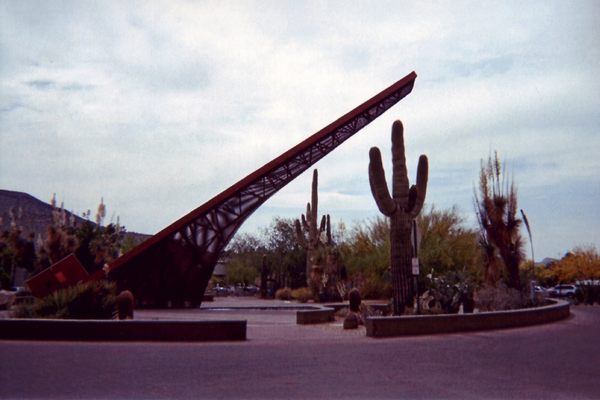College of Engineering Sundial
A series of increasingly larger sundials have grown with this school.
If you find yourself without a watch at the Diliman campus of the University of the Philippines in Quezon City, just make your way to the College of Engineering building. Tucked in the corner is massive sundial that not only symbolizes the college but also holds a very interesting history of resilience. Where the college goes, the sundial follows.
The college of engineering was founded in 1910 and initially housed in a residential house in Manila. When it moved to a proper building of its own, a small sundial was built nearby, serving as a symbol of the college. In the 1930s when the college moved to an even bigger Beaux-Arts building (presently the Court of Appeals building), a larger sundial was built to reflect the growing population and prestige of the college. It was said to be one of the largest sundials in the world during that time. However, it was torn down to make way for military training.
When the university moved to the larger Diliman campus in 1948, they built a sundial made of steel on concrete with a gnomon in the shape of a slide rule, at the time the symbol of mathematical skill. Unfortunately, the sundial was destroyed in 1968 by a typhoon. The gnomon was wrenched and was found in the street.
Without a sundial, the college is not deemed complete so the alumni of 1972 gathered their resources and built a new one patterned after the one that had been lost a few years earlier.
Know Before You Go
The sundial is located along Apacible Street within the College of Engineering compound inside the University of the Philippines, Diliman campus. Accessible 24 hours.


















Follow us on Twitter to get the latest on the world's hidden wonders.
Like us on Facebook to get the latest on the world's hidden wonders.
Follow us on Twitter Like us on Facebook